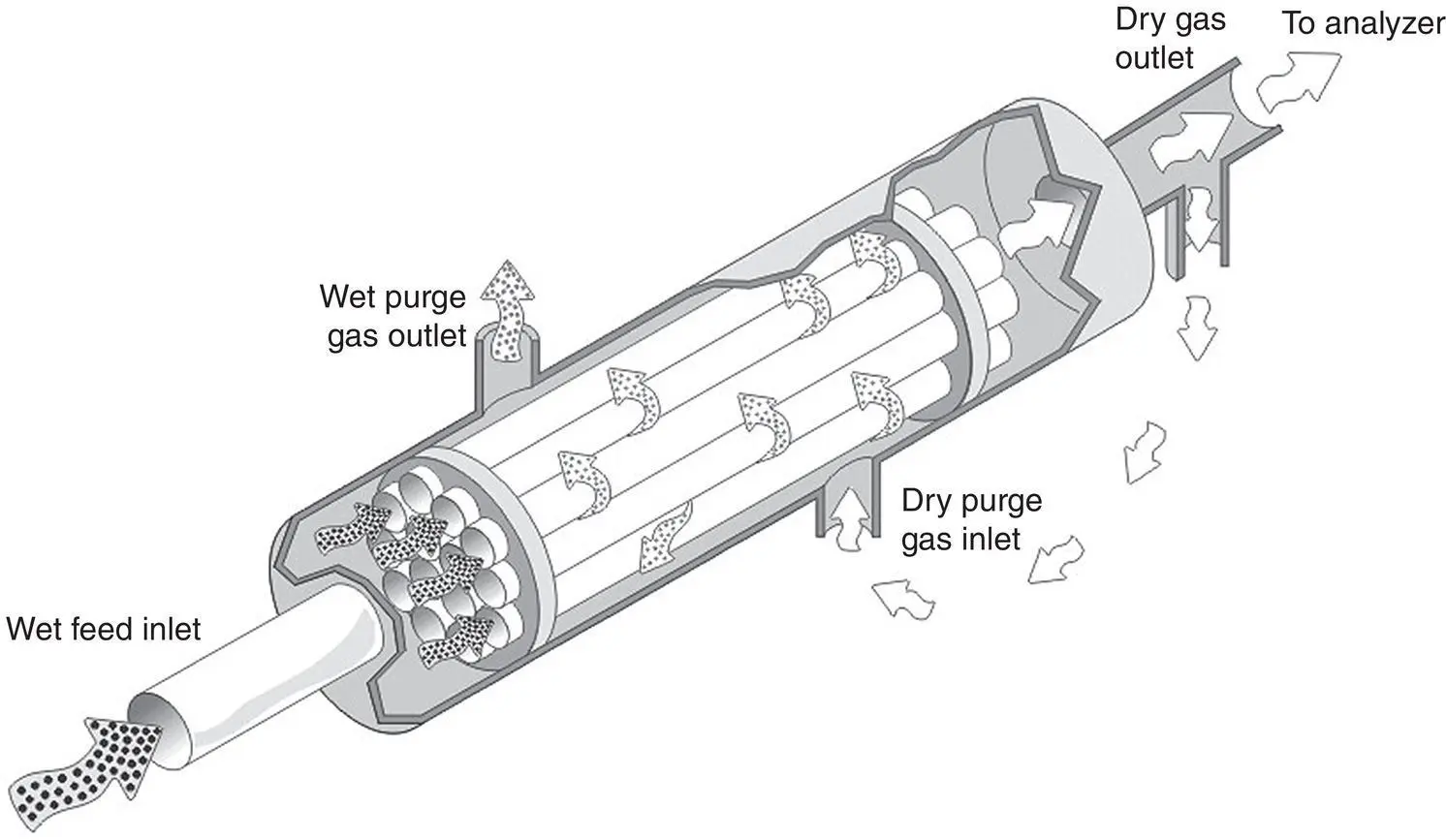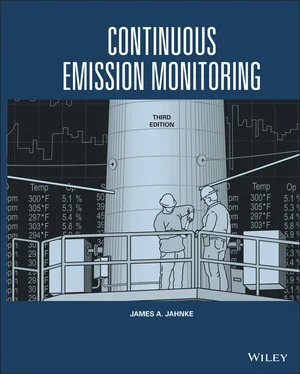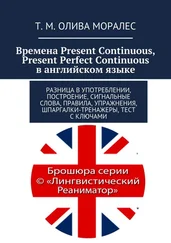James A. Jahnke - Continuous Emission Monitoring
Здесь есть возможность читать онлайн «James A. Jahnke - Continuous Emission Monitoring» — ознакомительный отрывок электронной книги совершенно бесплатно, а после прочтения отрывка купить полную версию. В некоторых случаях можно слушать аудио, скачать через торрент в формате fb2 и присутствует краткое содержание. Жанр: unrecognised, на английском языке. Описание произведения, (предисловие) а так же отзывы посетителей доступны на портале библиотеки ЛибКат.
- Название:Continuous Emission Monitoring
- Автор:
- Жанр:
- Год:неизвестен
- ISBN:нет данных
- Рейтинг книги:4 / 5. Голосов: 1
-
Избранное:Добавить в избранное
- Отзывы:
-
Ваша оценка:
- 80
- 1
- 2
- 3
- 4
- 5
Continuous Emission Monitoring: краткое содержание, описание и аннотация
Предлагаем к чтению аннотацию, описание, краткое содержание или предисловие (зависит от того, что написал сам автор книги «Continuous Emission Monitoring»). Если вы не нашли необходимую информацию о книге — напишите в комментариях, мы постараемся отыскать её.
The new edition of the only single-volume reference on both the regulatory and technical aspects of U.S. and international continuous emission monitoring (CEM) systems Continuous Emission Monitoring
Continuous Emission Monitoring:
Continuous Emission Monitoring, Third Edition
Continuous Emission Monitoring — читать онлайн ознакомительный отрывок
Ниже представлен текст книги, разбитый по страницам. Система сохранения места последней прочитанной страницы, позволяет с удобством читать онлайн бесплатно книгу «Continuous Emission Monitoring», без необходимости каждый раз заново искать на чём Вы остановились. Поставьте закладку, и сможете в любой момент перейти на страницу, на которой закончили чтение.
Интервал:
Закладка:
The Nafion ™dryer offers a number of advantages over refrigerated chillers because no mechanical parts are incorporated into the system, no condensate trap is required, and the question of pollution absorption in condensed water is avoided. However, dryers using small‐diameter Nafion ™tube bundles can be prone to plugging, either from droplets of condensed material or from particulate matter introduced by improperly filtered samples or by the precipitation of salts. Problems of condensing liquids may be minimized by heating the entrance side of the dryer, whereas particulate plugging and precipitation can be resolved by using larger diameter tubing. When using large‐diameter tubing (1/4 in.), greater lengths of tubing must be used to achieve performance equivalent to that obtained from employing bundles of smaller diameter tubing.
Pollutant Losses in Condensation Systems.
One limitation of condensation‐type moisture removal systems is that pollutant gases can be absorbed in the condensate. This occurs readily for gases such as HCl and NH 3, which have high solubility in water and where, clearly, condensation methods are not applicable. NO has little solubility in water, but gases such as SO 2and NO 2can also be lost in the condensate. This issue has not always been recognized because SO 2and NO 2losses are less pronounced at higher concentrations (>100 ppm) and the losses can go undetected during a certification test if the source tester uses an apparatus that also incorporates a condensation moisture removal method. However, with the advent of more stringent emission standards requiring gas monitoring in the range of 50 ppm or less, more care must be taken to avoid biases due to analyte condensate losses.

Figure 3‐12 A Nafion ™dryer assembly.
Unfortunately, research on this problem has often failed to be sufficiently comprehensive in addressing a number of factors that affect analyte losses. McNulty et al. (1974) studied SO 2losses at 1200 ppm, Freitag (1993) at 100–1000 ppm, and Baldwin (1995) at 300–400 ppm. Complicating the issue, the design and construction of the condenser can contribute to solubility losses, where poorly designed systems may allow too great a contact time between the dried gas stream and the collected liquid. Also, losses are dependent upon the inlet moisture concentration, sample gas flow rate, condenser temperature, and condenser material (glass, Kynar, PTFE, stainless steel). The most comprehensive, independent evaluation conducted to date is by Swaans et al. (2018), who studied SO 2and NO 2losses in four different coolers using glass, stainless steel, and PTFE condensers, at nominal concentrations of 25, 90, and 100 ppm for SO 2and 10, 50, and 100 ppm for NO 2, at flow rates of 2, 3, and 5 l/min, and flue gas and moisture contents of 4, 11, and 20% H 2O.
Freitag (1993) found that for SO 2at concentrations on the order of 100–1000 ppm, under a variety of conditions, 3–15% of the SO 2could be lost in the chiller. Freitag also projected that at SO 2levels of 20 ppm at 20% moisture, losses can be on the order of 30%. He observed that SO 2losses increase with the increasing moisture content, decreasing SO 2content, and decreasing trap temperature. In thermoelectric coolers at 380 ppm SO 2, Baldwin (1995) found losses of 1.7% of the SO 2concentration at an inlet moisture concentration of 20% using glass impingers. Using stainless steel impingers and an SO 2concentration of 245 ppm, he found losses of 4.1% SO 2at an inlet moisture concentration of 20%. He also found greater losses at lower flow rates. In a comparison between thermoelectric coolers and permeation dryers, Dunder and Leighty (1997) sampled gases having SO 2concentrations of 20, 50, and 100 ppm at moisture levels of 15 and 30%, at flow rates of 5 l/min. In the study, higher SO 2concentrations were found using a permeation drier compared to a thermoelectric cooler, under all conditions. In agreement with these earlier studies and extending the work to lower concentrations while examining additional variables, Swaans and associates (2018) found, for SO 2at a concentration of 25 ppm in a flue gas at 20% moisture content and a flow rate of 3 l/min, relative losses of 7–17% SO 2using either Peltier or compressor coolers, depending upon the manufacturer of the cooler. The higher losses were seen in PFA‐coated heat exchangers relative to glass heat exchangers. At a lower SO 2concentration of 17 ppm, Geary and Sinada (2018) found, at moisture levels of 6–9%, losses of up to 50% of the original sample concentration in a condensing cooler system compared to measurements using a permeation drier. Pellikka et al. (2019) have also demonstrated losses using a chiller in comparison to hot–wet and dilution extractive systems.
The primary conclusion from the work of Swaans et al. is that when monitoring SO 2at low concentrations (<25 ppm) SO 2losses are highly dependent upon the manufacture of the cooler, flue gas variables, and cooler operational variables. It is also apparent by comparing the work of others that the lower the SO 2concentrations and the higher the moisture concentration, the greater will be the losses of SO 2in gas coolers. To certify a CEM system in a RATA, comparing data with a source tester’s reference system operating under a different set of variables could lead to a failed certification, or where bias correction factors are required, inaccurate bias adjustments. At low SO 2concentrations, it is recommended that instead of installing a source‐level extractive system with a gas cooler, a hot/wet extractive system, a dilution‐extractive system, or a source‐level extractive system, using a Nafion ™dryer, be considered for the application.
As a last resort in source‐level extractive systems using chillers, SO 2absorption can be decreased by increasing the acidity of the condensate. One technique has been to acidify the gas stream with an unmonitored acid (such as HCl) to reduce SO 2solubility during condensation (DeFriez 1992; Williams 1992).
Miscellaneous Drying Techniques.
Other drying techniques have been used or attempted in extractive monitoring systems. Cyclone‐type devices installed in or near the probe, coalescing filters, “knock‐out jars,” and other engineering afterthoughts are sometimes encountered.
The use of chemical desiccants (such as calcium chloride, CaCl 2; concentrated sulfuric acid, H 2SO 4; calcium sulfate, CaSO 4) to remove moisture is not common in CEM systems. Because desiccants have to be periodically regenerated or replaced, they are considered to present an unnecessary maintenance task. Also, to justify their use, it must be shown that the gases being measured do not react with, adsorb onto, or absorb into the material.
In cases where acid gas formation, such as SO 3, might occur, a “freezer” chiller designed to achieve a dew point of −25 °C can be used to reduce moisture levels to less than 650 ppm and minimize the loss of SO 2by acid formation.
Sample Pumps
The sample pump is an important element of the extractive system and is used to transport the sample from the stack to the analyzer. A pump should be sized appropriately to meet the demands of gas analyzers and be designed so that no air in‐leakage occurs (i.e. around a rotary shaft seal) and that no contamination is introduced from pump lubricating oils. Two types of pumps meeting these criteria are (i) diaphragm and (ii) ejector pumps. These pumps are commonly used in source monitoring applications.
Diaphragm pumps operate by mechanically stroking a piston or a connecting rod to move a flexible diaphragm ( Figure 3‐13). The diaphragm is circular and can be made of a flexible metal plate, Teflon, polyurethane, or other types of elastomer. The reciprocating action of the diaphragm moves the gas in short bursts. As the diaphragm is raised, the gas is drawn through the suction valve into the pump cavity. When the diaphragm is pushed down, the suction valve closes and the discharge valve opens. The gas is then displaced out into the sample line. Because only the chamber, diaphragm, and valves come into contact with the gas, contamination of the gas is minimized.
Читать дальшеИнтервал:
Закладка:
Похожие книги на «Continuous Emission Monitoring»
Представляем Вашему вниманию похожие книги на «Continuous Emission Monitoring» списком для выбора. Мы отобрали схожую по названию и смыслу литературу в надежде предоставить читателям больше вариантов отыскать новые, интересные, ещё непрочитанные произведения.
Обсуждение, отзывы о книге «Continuous Emission Monitoring» и просто собственные мнения читателей. Оставьте ваши комментарии, напишите, что Вы думаете о произведении, его смысле или главных героях. Укажите что конкретно понравилось, а что нет, и почему Вы так считаете.












